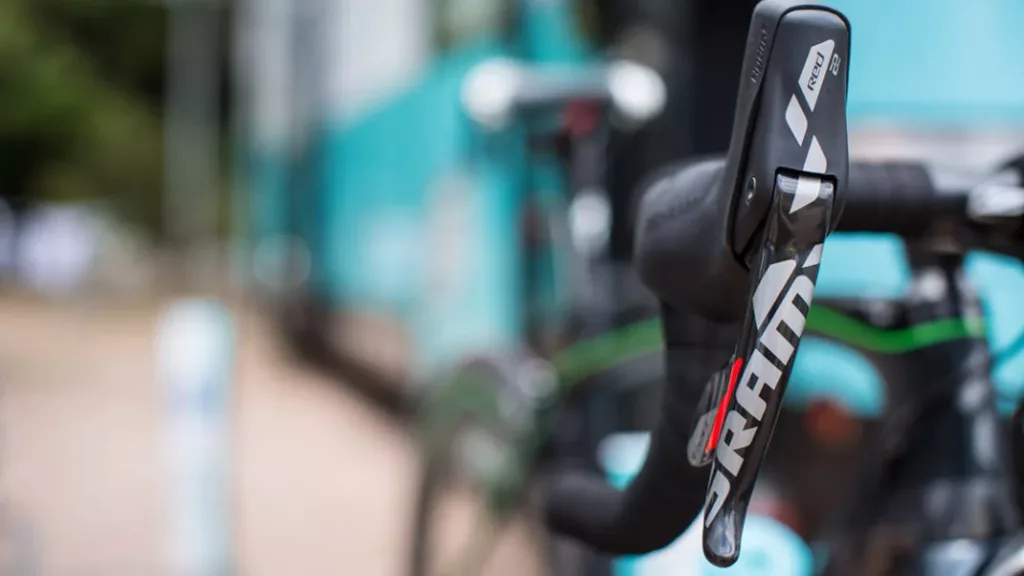Hydraulic disc brakes have revolutionised the world of road cycling, offering increased stopping power, modulation, and all-weather reliability compared to traditional rim brakes. SRAM, a leading cycling components manufacturer, has been at the forefront of this innovation with its HydroR hydraulic road disc brakes. In this article, we will discuss the pros and cons of SRAM HydroR brakes and provide an in-depth review of their performance.
Pros of SRAM HydroR
- Stopping Power: The most significant advantage of SRAM HydroR disc brakes is their exceptional stopping power. Hydraulic systems allow for better brake modulation and consistent braking force, resulting in a more controlled and powerful braking experience, especially in wet or slippery conditions.
- Heat Dissipation: SRAM HydroR brakes are designed with heat management in mind. The hydraulic fluid dissipates heat more efficiently than mechanical systems, reducing the risk of brake fade during long descents or heavy braking.
- Reduced Maintenance: Hydraulic disc brakes generally require less maintenance than their mechanical counterparts, as they self-adjust for pad wear and do not rely on cables that can stretch or fray.
- Wider Tyre Clearance: The SRAM HydroR system allows for wider tyre clearance, accommodating the increasing trend towards wider tyres in road cycling for improved comfort and traction.
Cons of SRAM HydroR
- Weight: Hydraulic disc brakes, including SRAM HydroR, are typically heavier than traditional rim brakes due to the additional components such as rotors, callipers, and hydraulic fluid. However, the improved braking performance often outweighs the slight weight increase for many cyclists.
- Initial Setup and Maintenance Complexity: Installing and maintaining hydraulic disc brakes can be more complex than mechanical systems, particularly when it comes to bleeding the hydraulic fluid. This may require specialised tools and knowledge, although the reduced maintenance frequency can offset this drawback.
- Cost: SRAM HydroR brakes tend to be more expensive than their mechanical counterparts, as hydraulic systems are generally costlier to produce. However, the long-term benefits and performance gains may justify the initial investment for some cyclists.
SRAM HydroR Review
In terms of performance, SRAM HydroR hydraulic disc brakes have consistently received positive reviews from both professional and amateur cyclists. The stopping power, modulation, and reliability in all weather conditions make them a top choice for riders looking to upgrade their braking systems.
The ergonomics of SRAM HydroR brake levers are another highlight, with comfortable and intuitive lever shapes that facilitate precise braking control. The available adjustment options allow riders to customise the feel and performance of the brakes according to their preferences.
In conclusion, SRAM HydroR hydraulic disc brakes provide a significant performance advantage over traditional rim brakes, offering improved stopping power, modulation, and all-weather reliability. Although they come with some drawbacks, such as increased weight and initial setup complexity, many cyclists find that the benefits far outweigh these minor issues. If you’re considering upgrading your braking system, SRAM HydroR is undoubtedly worth considering as an investment in your cycling experience and safety.






